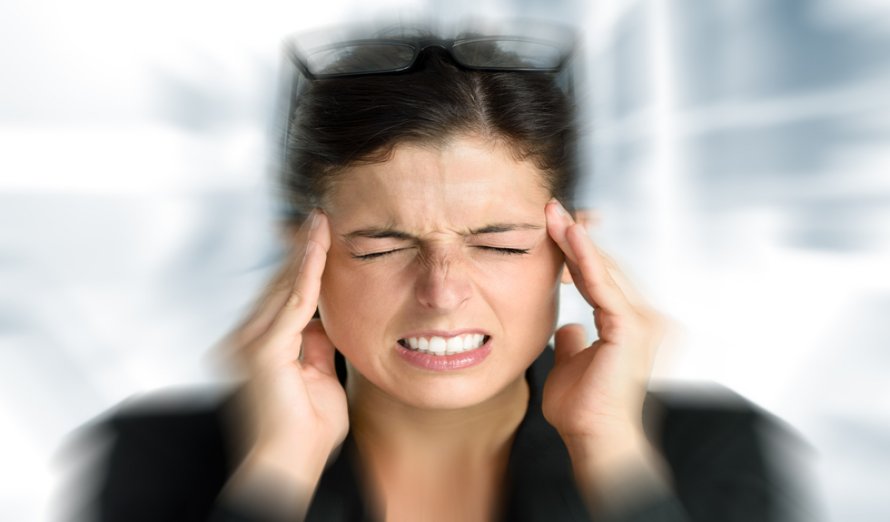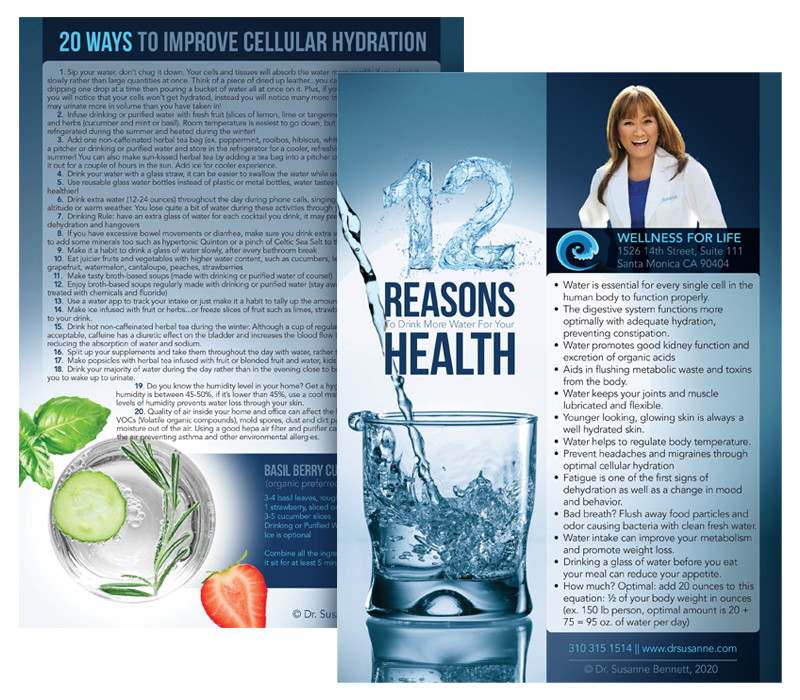
Formaldehyde is one of these “indoor” contaminants/VOCs that we all are exposed to, but physicians rarely suspect that it may be the contributing factor causing aggravating symptoms and illnesses.
Formaldehyde is commonly found in building material. It’s used to produce the resins that are used in composite wood products, so particleboard, plywood, medium-density fiberboard, insulation and other building materials typically contain it.
It’s also found in paint, glues, lacquers/finishes, fertilizers and pesticides. Amazingly, it is also a preservative sometimes used in fabric softeners, dishwashing liquids, permanent press fabrics, cosmetics and even medication!
In addition, formaldehyde is a byproduct of the combustion of other products, such as cigarette smoking and wood-burning fireplaces and stoves. The primary way most people are exposed is through off-gassed formaldehyde, breathing it through the air in their home or office.
So why should you care? Formaldehyde is a poison, and whether it is from short or long-term exposure, it is bad for your brain, mitochondria, organs and body.
The EPA and the Department of Health and Human Services considers formaldehyde a probable human carcinogen.
I am actually dealing with excess formaldehyde exposure in my own home, right now!
I’m going through a kitchen makeover, which includes new cabinets, countertop and a French door, and even though I am only using green building products and doing my absolute best to make sure my paint and cabinets don’t have any added VOC’s and formaldehyde in them, it turns out that many new building products still have toxins and outgassing of formaldehyde. This has been bothering my eyes, vocal cords, nasal passages, lungs and mental clarity.
This means that I am having to wear a filtering mask, and will likely continue to wear one for a few more weeks. I am also increasing my regular daily detox nutrients to ensure that I adequately support my body in ridding itself of these additional toxins.
Some of you may have read my case study in my book, The 7-Day Allergy Makeover, where I talk about my raspy voice, and how I discovered it had to do with formaldehyde poisoning!
What are the symptoms of formaldehyde exposure?
The most common symptoms of formaldehyde exposure are fatigue and a foggy brain.
Formaldehyde is also absorbed by the respiratory tract very quickly. Many people who suffer from cold symptoms, sore throat, coughing, chest pain and pressure, bronchitis and asthma may actually be reacting to formaldehyde out-gassing, especially when they have new furniture, a new mattress, or are living with other suspect products; or when they are painting or doing renovations in their home.
Long-term or greater exposures can also cause dizziness, headaches, nausea, skin rashes and contact dermatitis. Depression, memory loss, mood changes, attention deficit, irritability or insomnia are also very common.
There are 3 ways to mitigate levels of formaldehyde in your home:
#1. The best way to reduce the levels of formaldehyde in your home is to limit and remove common sources of the chemical, including:
Paint, stains, sealants, paint removers, aerosol sprays
- Use green products and low or zero VOC paints instead. Better yet, if you are renovating, maybe you can stay at a friend or family member’s house for a couple of weeks!
New products, such as furniture, cabinets, carpet and other flooring materials, shelving and other building materials
- Note that the larger the surface area of suspect furniture, the more formaldehyde is likely being off gassed.
- Note that formaldehyde emission levels generally decrease as a product ages.
- Use natural materials (hardwood, rattan or iron) instead of materials made of particle board, laminate and plywood
- Go to your local flea market and pick out solid wood furniture
- New carpets contain adhesives and padding that can contain chemicals; consider natural fibers or hardwoods, such as bamboo.
- Opt for throw rugs you can wash. Carpets, even if natural fibers, can actually trap formaldehyde from the air and release it over time.
- Seal unfinished woods with a green sealant.
- Purchase composite wood products that are labeled ULEF:
(ultra-low-emitting formaldehyde) or NAF (no added formaldehyde). - The EPA has a lot of great information online about formaldehyde.
If you are buying a new mattress/other bedding material
- Opt for natural fibers/untreated woods.
- Use a mattress cover or barrier cloth.
- Air out your new mattress outdoors under the sun before bringing it inside the house.
- Always wash your new bedding sets before using them!
#2. Increasing ventilation and cooling also lowers formaldehyde emissions in your home
Increasing the ventilation in your home, particularly when introducing new sources of formaldehyde into it (or during renovation activity), can help reduce formaldehyde emission levels.
- Open windows and use fans to pull in fresh air.
- Perform home remodeling during months where weather is mild, such that open windows can be more readily utilized.
- Don’t forget to open up the windows when you get a new car – which is loaded with formaldehyde and glue chemicals – or getting a 1-year-old car may be just your answer!
- Remember, the rate at which formaldehyde off-gasses is accelerated by heat and humidity.
#3. Enlist the natural filtering capabilities of houseplants!
Houseplants are not only good for the soul, but are a great, natural way to remove pollutants in the air of your home. Just make sure you don’t overwater, which can cause mold.
There is well-known research by a retired senior scientist from NASA which found several plants that were effective at filtering out formaldehyde from the home, including the spider plant, philodendron and golden pothos.
Other plants are also very helpful in filtering out a variety of chemicals. Some good ones are bamboo palm, ficus, peace lily (be careful, these are extremely toxic to pets), Chinese evergreen and more.
I often get asked about air purifiers – and you need one that can absorb VOC’s. Hepa filters don’t work. Get one that has charcoal filters with it. Charcoal absorbs the gaseous chemicals, including formaldehyde!
Lastly, let’s go into how can you help yourself and your family’s natural ability to detoxify formaldehyde!
Your body is always going through natural detoxification, not just via the liver, but throughout all of your body’s cells. So keeping your family healthy with supportive nutrients and antioxidants is important.
When your body is exposed to the ongoing toxic effects of formaldehyde, it actually becomes deficient in some of the key nutrients it needs for optimal detoxification! Green drinks, antioxidants, vitamin B complex, vitamin C, minerals and water!
Vitamin B1 (Thiamine) is one great example of this. Vitamin B1 is depleted by the toxin exposure of formaldehyde. This depletion is on top of the usual vitamin B1 deficiencies that are common with many people due to poor diet and the over-consumption of simple carbs, too much alcohol and other vices, too much stress, etc.
Vitamin B1 is critical for carbohydrate metabolism (relating to energy production), and is a key “nerve” nutrient needed for healthy nerves and neurotransmitters, so having a deficiency can produce brain-related symptoms such as brain fog, depression, fatigue, irritability, headaches, emotional instability and insomnia.
Riboflavin 5’-phosphate (a form of vitamin B2) is also important as it helps prevent free-radical damage. And Vitamin B6 is important in supporting detoxification by the liver. I regularly take a critical Vitamin B complex to ensure vitamin B depletion does not occur!
In one animal study, animals pretreated with B1, vitamin C (a great antioxidant) and sulfur-containing cysteine completely blocked a large dose of acetaldehyde (a close cousin of formaldehyde). And other studies have pointed to the fact that supplementation with specific nutrients can offer a level of prevention and protection from toxicity.
Along with Vitamin B you should be taking an essential mineral supplement to support mitochondrial health and detoxification.
And finally, you should increase your antioxidant level, and for that I look to glutathione as both my super antioxidant, as well as a wonderful detoxifier. I have an excellent product for this that is particularly resistant to breakdown in the stomach. Listen to my video on the power of glutathione here.
Liver formulas with milk thistle help increase liver glutathione levels and assist with liver detoxification. Clearly, your base diet has to be healthy and CLEAN. While undergoing my kitchen renovation, I personally will be using more of my Greens First superfood – rich with antioxidants – and even a probiotic to help my body keep healthy.
So, clean up your house the best you can (again, the EPA has a lot of great info), make sure you get your vitamin B, minerals and antioxidants, and eat healthy, clean foods to help flush out and neutralize the toxins!





